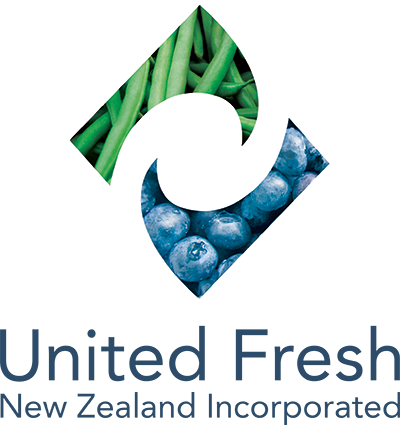Food Safety & Risk Analysis Update - March 2024
25th March 2024
Food Safety & Risk Analysis Update - March 2024
Introduction
Welcome to this edition of our Food Safety Update. We aim to provide you with a snapshot of information on topical and relevant food safety issues and, where, applicable, the links to allow you to take your knowledge further.
We welcome your feedback on this service as well as any questions and comments on the topics included.
This edition discusses Water and Workers – two of the critical inputs in fresh produce production and supply that also carry foodborne illness risk. The third element is waste as a source of contamination. We will leave that for another day!
Impact of Water Quality on Fresh Produce Safety Webinar
This webinar (held in July 2023, hosted by Deon Mahony of IFPA-ANZ) discussed the impact of water quality on fresh produce safety. Water is a major input in fresh produce production – growing, harvesting, and packing.
The main points made were:
- Water is sourced from a variety of sources, all with potential for contamination, including town water (remember the impact of the Havelock North incident).
- There is a general international movement to recognise the importance of water as a potential source of contamination in fresh produce.
- Competing demands for scarce water resources is an increasing issue internationally.
- Risk assessment, testing and monitoring of all water sources is needed, especially water critical to irrigation and processing, to maintain the quality of water which will reduce the risk to consumers.
To further emphasise the importance of water quality, we come to the work being undertaken by the FAO and WHO on safe food.
Joint FAO/WHO Expert Meeting On Microbiological Risk Assessment Of Viruses In Foods Part 2: Prevention And Intervention Measures
A report from the February 2024 meeting has just been published, and these points were made:
- ‘Fresh and frozen produce are usually contaminated pre-harvest by sewage sludge, human faecally-impacted source waters (e.g., used for irrigation, washing, pesticides, frost protection)’
- ‘Prevention of virus introduction during production and processing has been included in textual refinements to Good Agricultural Practices, Good Manufacturing Practices and Good Hygiene Practices.’
- ‘Specific production-related intervention strategies should focus on water source, location, method and timing of application.’
Water is so ubiquitous in its use throughout the fresh produce production chain, that it is almost invisible. Yet, it has so much potential risk to the health of the consumer. Ensuring the quality of the water used, at every point in the production chain, is key. This is being recognised internationally, and regulations are evolving to ensure that water as a key factor in foodborne illness is not overlooked.
Workers
The second area of focus is workers behaviour introducing potential food safety risks.
Ubiquitous in its use throughout the fresh produce production chain is the single use glove. This, too, is a vector of contaminants and is also a risk that needs to be assessed, managed, and monitored.
Gloves in the Food Industry
In most legal jurisdictions worldwide, bare hand contact with ready-to-eat foods is either outlawed, or heavily discouraged, by governments and food safety authorities. That means reducing or eliminating bare hand contact, and implementing strict hand hygiene policies.
Gloves play an important role in meeting the requirements for safe food handling. Inculcating good hygiene practice on the part of fresh produce workers is an ongoing, vital part of ensuring a robust and effective food safety culture.
However, gloves can introduce a risk of complacency and can be as problematic as poor hand washing in workers. Reviewing policies and practices relating to glove management and usage is important from a food safety perspective.
If you would like to know more on the topics in this newsletter, please contact our Technical Advisory Group by emailing info@unitedfresh.co.nz or calling 0800 507 555.
Sources and resources:
